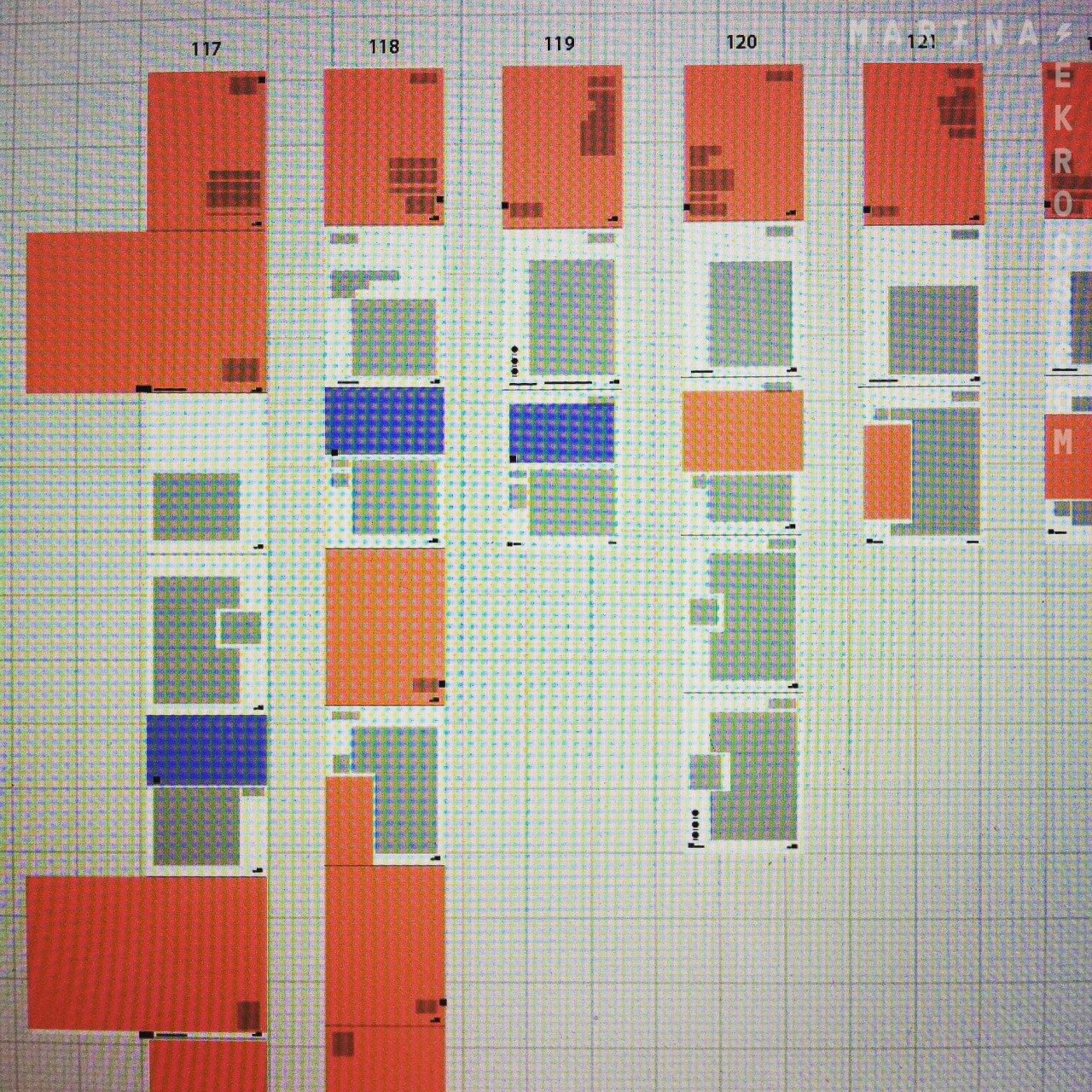Deconstructing a tablet publication from the point of view of visual presentations

The thesis discusses different forms of visual presentations in fashion magazines published for tablet platforms. The initial goal was to find out how the characteristics of a photograph have changed and whether they are evolving into more “video-like” moving and interactive presentations. The topic was motivated by rethinking how magazine culture can evolve in the digital era and how that will affect photography as a profession.
The aim of the thesis was to find out and classify what kinds of visual presentations are used in digital magazines, what kind of layout design solutions work well on tablet format and whether there are any interesting implementations available. The framework for the research was created mainly by applying Lasse Rantanen’s and Jeremy Leslie’s thoughts on magazine design in the digital publishing environment.
The thesis focused only on the visual aspects of the publications, leaving textual and journalistic content outside the research topic. The material consisted of three fashion related publications: Harrods Magazine (UK), Katachi Magazine (Norway), and Vogue (United States). Each magazine was deconstructed into flatplans, based on which the final analysis was made by identifying differentiating types and uses of visual presentations.
The thesis’ hypothesis was that photographs and graphics have evolved from static images into moving and living elements. This hypothesis was supported by the publications that were published solely for tablet devices. In the other hand Vogue, which is accompanied by the traditional print version was a clear exception: the tablet version had the exact same content as the paper version, except few additional video clips.
One of the main observations was that the landscape, formed by the traditional spread in printed magazines, has evolved. It can now have any size or shape, but only a part of it is seen through the peeking hole created by the tablet’s screen. Based on the thesis’ findings, a new compass model emerged where the content can be spread in any direction, without the restriction of the edge of a paper.
In addition to the compass model the thesis brought up new views about magazine culture in the digital age and how we need to look at digital journalism with a set of fresh eyes. Tablet platforms have given rise to new kinds of opportunities to combine “print like qualities” with technologies already familiar from browser based journalism. However, many of these new options have been shown to be financially unfeasible and the magazine industry is striving to find out the right methods to overcome these challenges.
We have to let go of the burden of old technologies and pick the best ideas in order to create quality publications from the journalistic and visual point of view. Trying to find their place in the continuum of magazine culture, tablet magazines are not merely a combination of text, graphics and photography. Instead they are a new opportunity for entertaining and engaging the reader.
You can download the full Finnish version here.